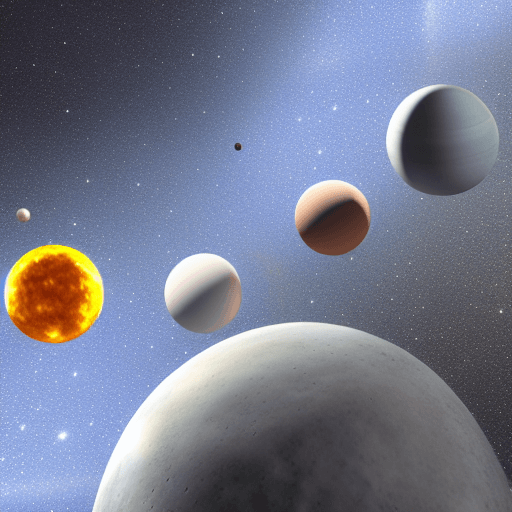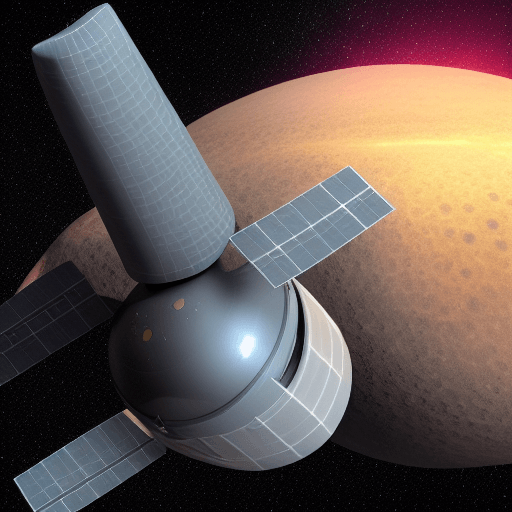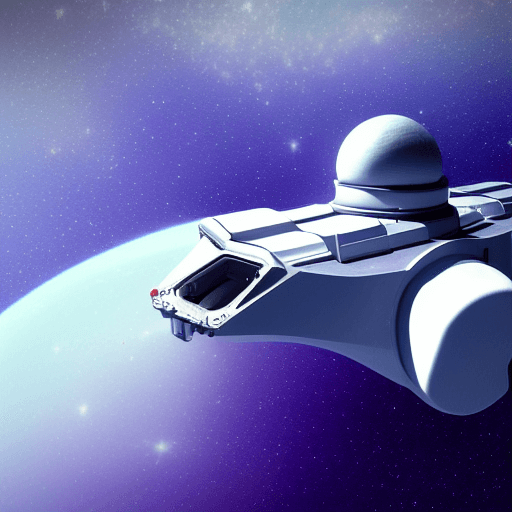Have you ever been to Mercury?
…Yea, we didn’t though so!
This elusive planet has been the subject of much speculation, and there have been many attempts to calculate how long it would take to reach it.
How long would it take to get to mercury is a question that has puzzled astronomers and scientists for centuries…
Let’s explore the latest theories about how long it would take to get to Mercury and discuss some of the challenges that would face anyone trying to journey there.

There’s no definitive answer to this question since it depends on a number of factors, including the specific route taken and the type of spacecraft used.
However, we can look at some past missions to Mercury to get an idea of how long a journey to the planet might take.
For example, NASA’s Mariner 10 mission took approximately 3.5 months to reach Mercury after launching in 1973.
The MESSENGER probe required 6.5 years for its journey, while the upcoming BepiColombo mission is expected to take about 7 years total.
Using this research and data, we can calculate that it would probably take somewhere around 7 years to get to Mercury from Earth using current technology.
Explain It To A Child
If you took the fastest spacecraft that we have now and pointed it towards Mercury, it would still take a long time to get there! It would take nearly 7 years to get there, and that’s not even counting the time it would take to slow down once you got there.
How long does it take to get to Mercury?
It depends.
If you took the fastest spacecraft that we have now and pointed it towards Mercury, it would still take nearly 7 years to get there!
And that’s not even counting the time it would take to slow down once you got there.
But of course, we don’t have spaceships that can go that fast yet.
So if you’re planning a trip to Mercury anytime soon, you might want to pack your patience along with your sunscreen.

What are the different methods to get to Mercury?
There are several methods that have been proposed for getting to Mercury.
- One is to use a spacecraft that would be launched from Earth and then use the gravity of Venus to slingshot past Mercury and into orbit.
- Another is to launch a spacecraft from the vicinity of Mars where it would then use the gravity of Mars to slingshot past Mercury.
- A third method for traveling to Mercury is to use a solar sail to harness the power of the sun’s radiation pressure and gradually make one’s way to Mercury.
- And finally, there is the possibility of using a Nuclear Thermal Rocket which would require less propellant but would take longer to get there.
All of these methods have their pros and cons and it is yet to be determined which one will eventually be used.
Whatever the method, it is clear that getting to Mercury will be a challenge but one that is well worth undertaking given the valuable scientific data that can be obtained from this Inner Planet.
How long would it take to reach Mercury at light speed?

Mercury is the closest planet to the sun, and it would take just 3.3 minutes to reach it if you were to travel at the speed of light.
However, light speed is not possible for humans or any other known objects in the universe.
The fastest manmade object is the Parker Solar Probe, which launched in 2018 and has reached speeds of up to 430,000 miles per hour.
At that rate, it would take approximately 83 days to reach Mercury.
Of course, the Parker Solar Probe is not traveling in a straight line from Earth to Mercury. Its journey is more like a slingshot around the sun, so it will never actually reach Mercury.
Nevertheless, it’s still an amazing feat of engineering and a testament to the power of human curiosity.
What are some of the most recent theories about how to reach Mercury?

Mercury is the smallest and innermost planet in the solar system, and it has long been a subject of fascination for astronomers.
- In recent years, there have been a number of missions to Mercury, including NASA’s Messenger probe, which orbited the planet for four years before crash-landing on its surface in 2015.
- The data gathered by Messenger has helped to shed new light on Mercury’s geology and environment.
- However, there are still many mysteries about the planet, and scientists are constantly developing new theories about its formation and evolution.
- One of the most recent theories is that Mercury may have once been part of a larger planet that was destroyed by a collision with another body.
- This theory is supported by the fact that Mercury’s surface is very similar to that of Earth’s moon, which is thought to be the remains of a much larger planet that was destroyed by a massive impact billions of years ago.
Whatever the truth may be, there is no doubt that Mercury is a fascinating and enigmatic world, and scientists will continue to study it in hopes of unlocking its secrets.
What challenges face anyone who wants to journey to Mercury?
Mercury is the closest planet to the sun, and as such, it experiences incredibly high temperatures.
During the day, the surface of Mercury can reach 800 degrees Fahrenheit, while at night it plunges to -280 degrees.
Such extreme temperature swings would be disastrous for any human explorers.
In addition, Mercury has no atmosphere to speak of, meaning that there is no protection from the sun’s radiation.
Without a space suit, an astronaut on Mercury would be immediately subjected to third-degree burns.
Finally, Mercury is a very rocky and cratered world, making it difficult to land a spacecraft safely.
For all these reasons, Mercury remains one of the most challenging destinations for anyone hoping to explore the solar system.
Article Sources
Jacks of Science sources the most authoritative, trustworthy, and highly recognized institutions for our article research. Learn more about our Editorial Teams process and diligence in verifying the accuracy of every article we publish.